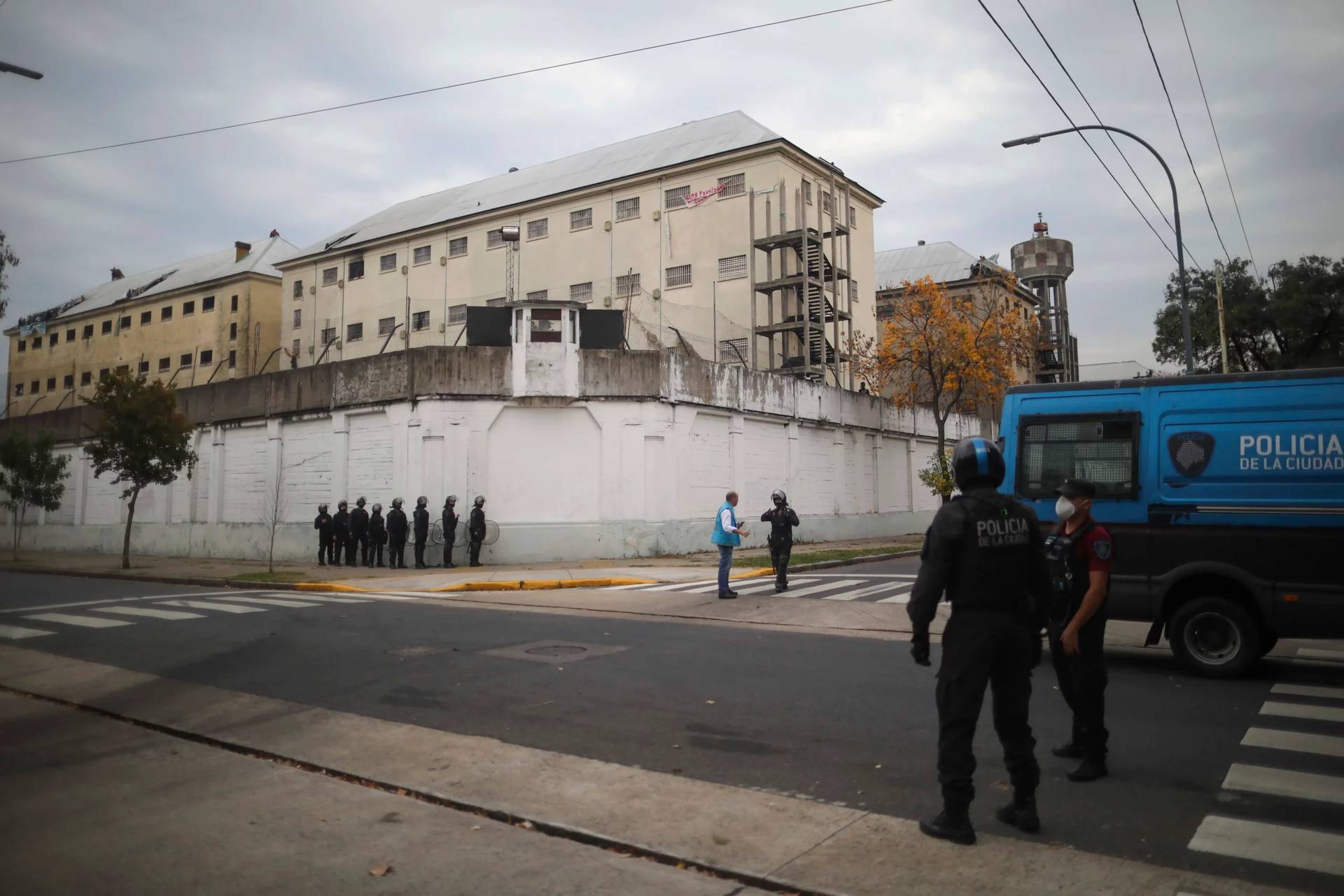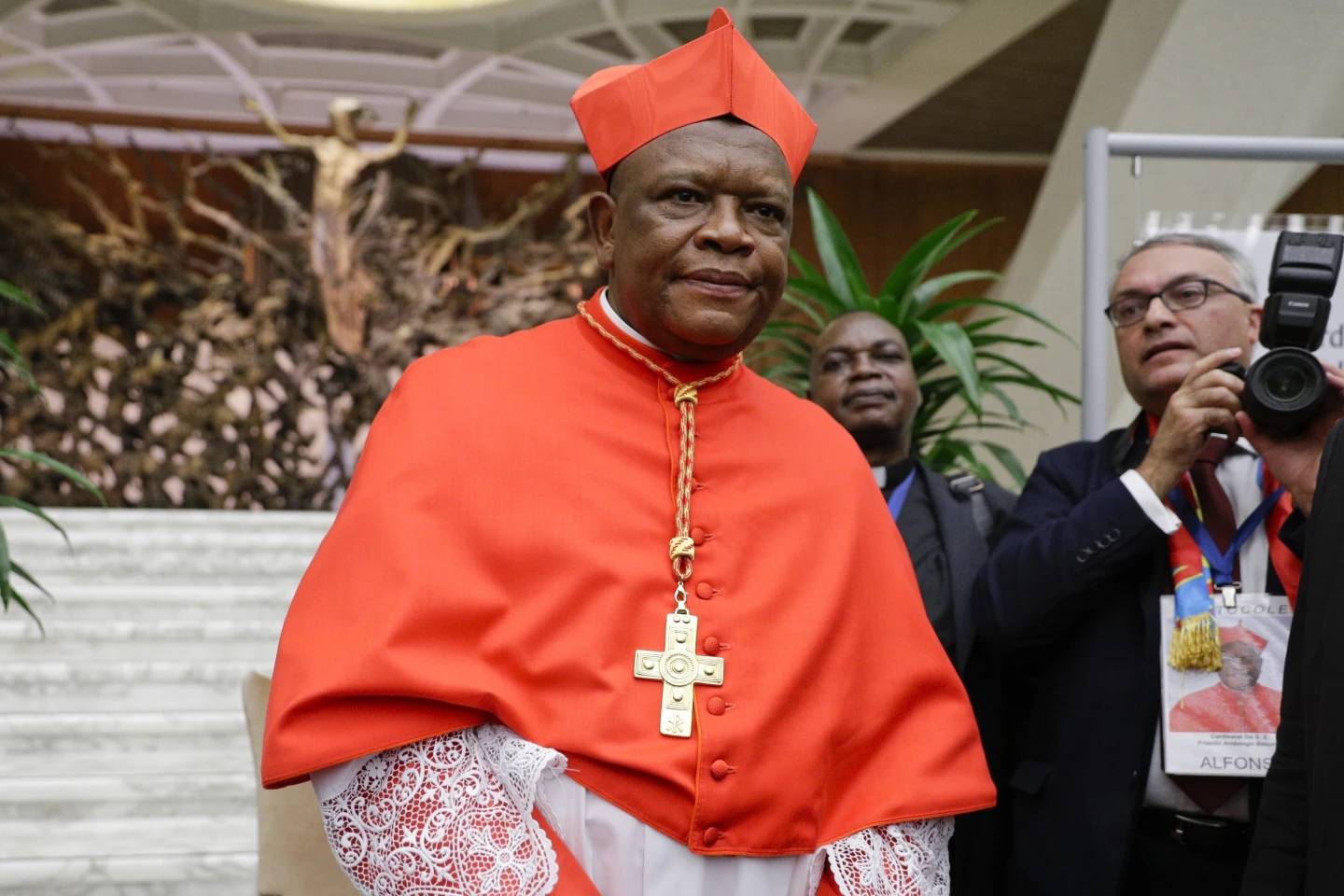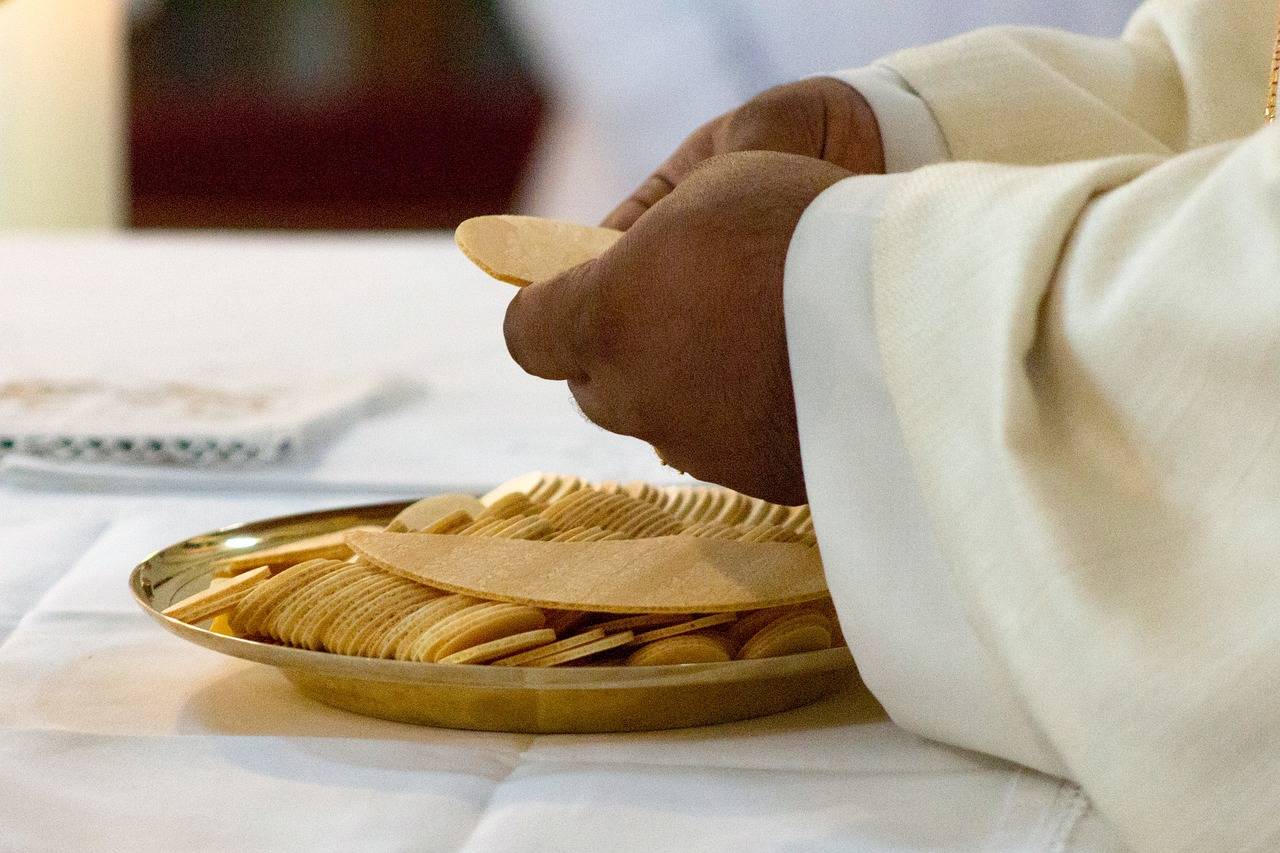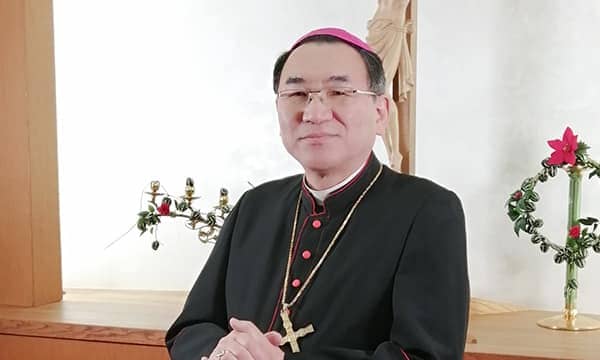For American seminarians at the Pontifical North American college in Rome, Holy Week liturgies take on new life and dimension, as the history of ancient traditions comes alive through the city’s remembrance of Christ’s Passion and death.
The seminarians alternate each year between having Holy Week liturgical celebrations “in house,” or having the week free to celebrate wherever they wish.
This year is an in-house year, meaning all liturgies related to Holy Week, beginning with Palm Sunday through the Easter Vigil Saturday night, are celebrated in the seminary chapel with seminarians, deacons and priests carrying out the key roles including serving, singing and chanting the Gospels.
Justin Gough, a seminarian from the Archdiocese of Baltimore in his third year of theology at the NAC, said the ambiance of the seminary during the in-house years takes on a notably calm dynamic, as the frenzied rush of coursework and exams gives way to a slower, more prayerful pace focused on the liturgy.
“We’re really blessed here to have so many resources to be able to pull from and to be able to put together really, really nice liturgies with all the smells and bells and those sorts of things,” he told CNA, adding that the NAC is “a privileged place” with few distractions from entering into the meaning of the week’s events.
As far as the run-down of the schedule for this week, after Palm Sunday Mass March 25, seminarians have largely been focused on prayer and preparing for the major liturgies.
To kick off the Triduum, seminarians on Wednesday went on the historic “church walk” started by Saint Philip Neri in the late 16th century. On Wednesday of every Holy Week, Neri would set out with his companions on foot to visit each of the four major basilicas in Rome, as well as the three minor basilicas, stopping at each for a time of prayer.
Seminarians at the NAC have kept the tradition as part of their wider observance of the ancient “Roman stational liturgy,” in which Mass is celebrated at 7 a.m. at a different Roman parish each of the 40 days during Lent, beginning Ash Wednesday and ending the Wednesday of Holy Week.
At the end of Lent, the final station Mass is typically celebrated at the papal basilica of St. Mary Major, and after this Mass seminarians and other pilgrims will set off on the seven-church walk, finishing in the evening.
For Holy Thursday at the NAC, there was the usual Mass of the Lord’s Supper, celebrated by Cardinal Edwin O’Brien. Afterward, seminarians were welcome to go out and join the hundreds of other people in Rome praying at different chapels of repose throughout the city.
After Mass is celebrated on Holy Thursday, the Eucharist is removed from the tabernacle of churches as a sign that Jesus has been taken away, and placed in a side chapel where faithful can stay to pray, sometimes all night depending on the parish.
In Rome, locals, priests, pilgrims from abroad, and members of the Curia all turn out in droves for the event, stopping to pray at different churches around the city as a way of accompanying Jesus the night before his crucifixion and death.
“It’s really an impressive sight,” Gough said, explaining that most seminarians go out for this event, and are able to take students and peers from their apostolates along with them.
“So it’s a lot of religion these weeks, but it’s a lot of fun. You really get to see the universal Church and the local Church here in Rome, which is just beautiful.”
On Good Friday, the Veneration of the Cross service at the NAC will be celebrated at 3 p.m. by the college rector, Father Peter Harman. The Easter vigil Saturday night this year will be celebrated by Cardinal James Harvey. Events for Holy Week and the Easter Triduum will close Sunday morning, with Mass and evening prayer later in the afternoon.
Apart from the main liturgies, there has been daily morning prayer and Mass, and lots of preparation and rehearsals for the major events. Gough, who is playing the organ during the celebrations, has had a particularly busy week practicing with the 40-member seminary choir.
“It’s really not that much playing in the end as far as the Triduum goes, because the organ is totally silent from the Gloria on Holy Thursday to the Gloria on the Easter Vigil,” he said. “So the organ goes into the tomb a bit with the Lord.”
But the music at the vigil has to be “very triumphant and joyful,” which takes a lot of preparation to make sure the music matches the magnitude of the celebration, he said.
Deacon Colin Jones, who is from the Archdiocese of St. Paul and Minneapolis and is in his fourth year of theology at the NAC, said that for him, the station churches have played a major role in how he has lived Lent.
Though attending all the station Masses, some of which are an hour-long walk to get to, is not required, Jones said this year he tried to make it to as many as possible.
“It’s nice to be reminded about how many beautiful churches there are in the city and all the different parts of the city and a different, unique walk every morning,” he said, explaining that on any given day there are usually around 20-30 seminarians at the Masses in addition to the pilgrims and locals who come.
Jones said the long walk to get to some of the churches is “demanding,” but it allows time for prayer, and “it’s nice to have the morning for prayer and to have this pilgrimage…with our Lord through Lent.”
The churches and readings are generally the same for every year, and some were selected based on historical significance, so after awhile, he said, “the readings and the church become intertwined,” and it helps give context to the scripture passage being read.
Jones will also be chanting the part of Christ in the Gospel narrative of Jesus’ Passion on Good Friday, which is taken from the Gospel of John.
While the Palm Sunday Gospel reading was chanted by three priests, the Good Friday Gospel narrative will be chanted by three deacons, including Jones, who said the opportunity and the hours of practice are “a pretty big blessing, very powerful and very moving.”
Though it’s been hard to get the right pitch and tempo for the lines, Jones said being able to sing the lines of Jesus has helped him to go deeper into the events of Holy Week, specifically Jesus’ crucifixion and death.
“It just hits you in a different way and strikes more deeply,” he said. “Now we’ve sung through it a dozen times or so, so the words just get deeper every time, and you let them resonate a little bit more. And the more comfortable we become with it…we’re able to make it more of a prayer and those lines really hit you.”
Jones, who will be ordained a priest May 26, in just under a month, said he hopes that when he has a parish, he is able to impart to his parishioners the excitement and depth he’s gained about Holy Week from living and celebrating the liturgies in Rome.
And while it’s nice to have time to celebrate Holy Week elsewhere or participate in papal liturgies, Jones said he prefers the in-house years, because “you can enjoy more of a restful environment and enjoy hanging out with the guys.”
There are also more opportunities for prayer, he said, adding that “even the preparations are kind of exciting, there’s a certain excitement that’s in the house, so that’s definitely fun having all of that here this week.”

















